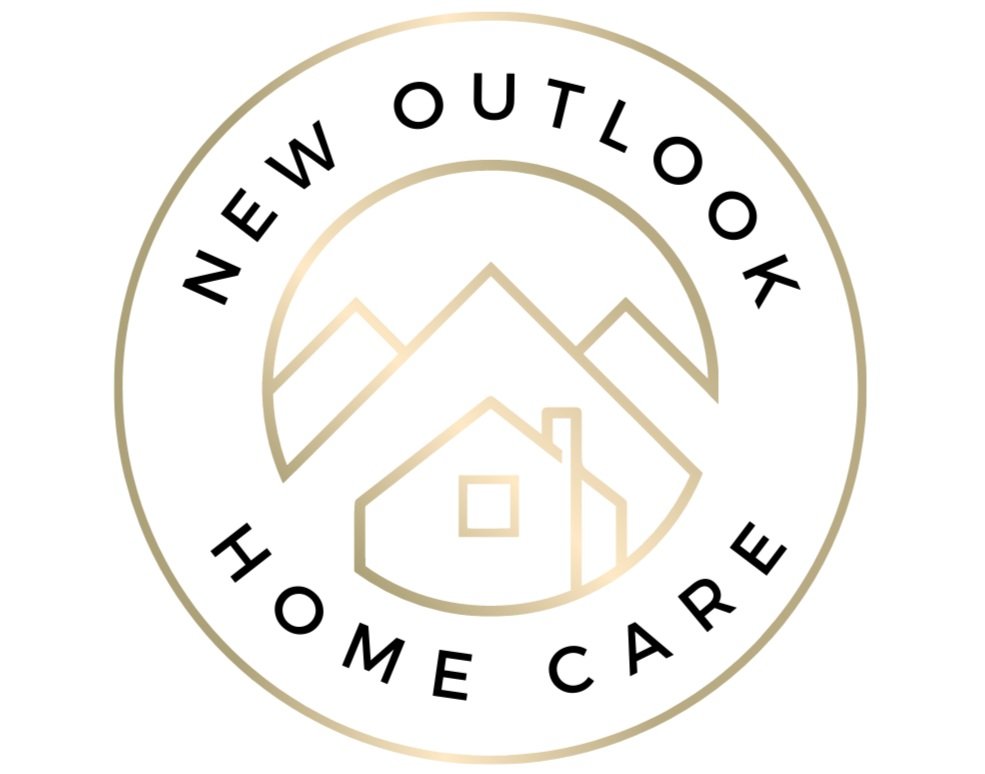Technology to Help Your Elderly Parent Live Safely at Home
Aging in place has become a priority for many families, and for good reason. Home is familiar, comforting, and filled with memories. Today’s technological advancements are making it easier for seniors to live independently and safely without needing to relocate to an assisted living facility. From smartwatches that monitor vital signs to home sensors that alert families to unusual activity, the range of helpful elder care technology has never been more expansive.
While these innovations offer tremendous support, they cannot fully replace the reassurance and responsiveness that come from a human caregiver. The optimal solution for most families combines the best of technology with compassionate human care. Let’s explore how this balance works, and why each element is so crucial.
Smartwatches and Health Monitors
Smartwatches and health monitors are some of the most accessible and useful tools for elderly individuals. Modern devices can detect falls, track heart rates, and even provide ECG readings. Some models can alert emergency contacts automatically in the event of a fall or irregular heartbeat, while others offer GPS tracking to help locate seniors with memory issues. These features provide families with peace of mind and help older adults retain a sense of control over their own health.
Despite their sophistication, these tools cannot interpret nuanced symptoms or provide emotional support. They are only as good as the person monitoring them, and they still require someone to ensure the device is worn properly and kept charged. A caregiver’s presence ensures these devices are used effectively while offering companionship and vigilance beyond what a gadget can detect.
Medication Management
Many seniors take multiple prescriptions daily, and missing a dose or doubling up can have serious consequences. Automatic medication dispensers offer a convenient and reliable solution by organizing doses, dispensing them at the appropriate times, and offering visual or audio reminders to take them. Some devices even allow remote monitoring, alerting family members or caregivers if a dose is missed.
While these dispensers greatly reduce the chance of error, they still can’t ensure that the medication is actually consumed, or that it’s taken with food or water when needed. A caregiver’s oversight adds an important layer of accountability, helping to observe for side effects and encouraging proper adherence to treatment plans.
Smart Home Technology
Creating a secure and responsive home environment is essential for aging adults. Smart home technology has come a long way, offering features such as motion-activated lighting, doorbell cameras, room monitors, and smart thermostats. These systems can automatically adjust lighting to prevent falls, notify family members if someone opens a door unexpectedly, or even detect environmental hazards like smoke or gas leaks. Cameras and smart locks allow caregivers or family to check in remotely or control access to the home.
Despite these conveniences, the real value lies in how these systems support, not replace, human intervention. For example, if a motion sensor detects that a senior has not moved for hours, the data is only useful if someone notices and responds. A caregiver can act on such alerts and provide physical help, comfort, or emergency assistance.
Telehealth Appointments
Telehealth has been another game-changing resource, particularly for seniors with mobility or transportation challenges. With a laptop, tablet, or smartphone, older adults can now attend virtual appointments with primary care physicians, specialists, and therapists. Some medical devices even transmit data directly to healthcare providers, allowing for more proactive care. This convenience reduces the burden of travel and makes it easier to manage chronic conditions or mental health concerns. Caregivers can help seniors prepare for virtual visits, organize medical history and questions, and follow up with any post-visit instructions.
The Restrictions of Devices
Even with all of these impressive technologies, it's important to acknowledge the limitations of relying solely on devices. Systems can fail. Alerts can be overlooked. A fall detected by a smartwatch still needs someone to respond. A senior’s loneliness, confusion, or sudden behavior change might not register on any device but could be immediately obvious to a watchful caregiver. Elder care technology includes excellent tools, but it lacks empathy, intuition, and adaptability.
The Importance of a Caregiver
The best approach to supporting an elderly parent at home is one that blends modern tools with genuine human care. Combining tech and touch doesn’t just ensure safety—it also enhances dignity and quality of life. Seniors who are supported by both human connection and intelligent systems often enjoy greater independence, better health outcomes, and more confidence in their ability to stay at home.
If you’re currently navigating care options, New Outlook Home Care can help. We can help you choose the right tools and provide a trusted caregiver who can put those tools to use, ensuring nothing slips through the cracks. Our compassionate team serves southern and central Oregon in Medford and Redmond, helping seniors age gracefully in the comfort of their own home. Contact us today to learn more about how we can help you care for your aging parents.


